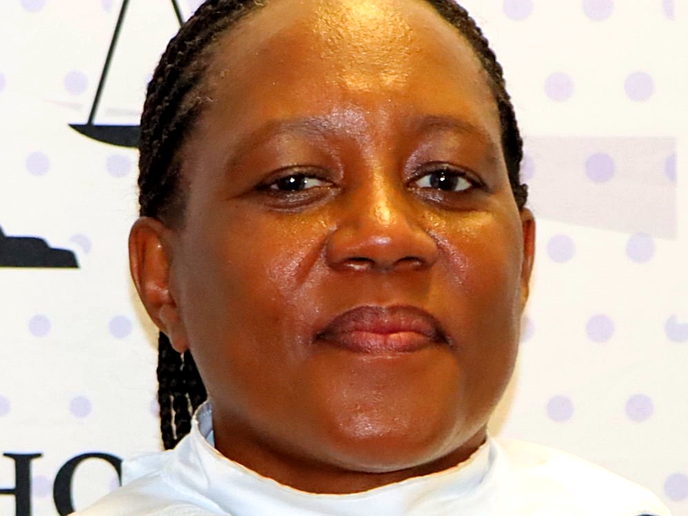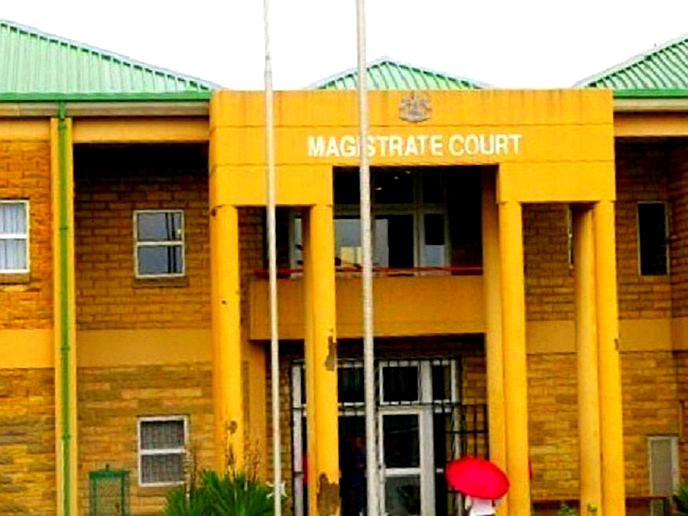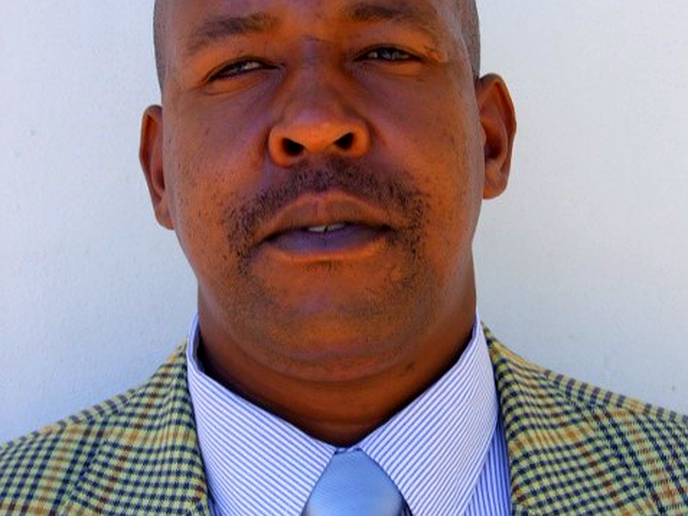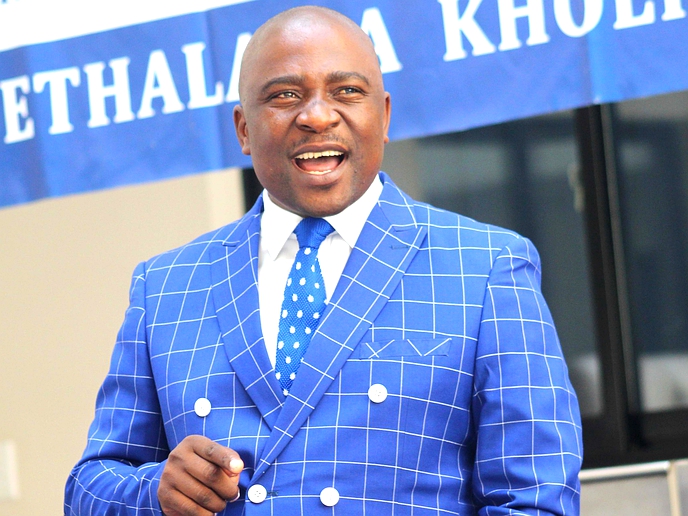LESOTHO and South Africa have resuscitated special bilateral relations that were shelved almost 20 years since initiated by the then foreign affairs minister Tom Thabane between 1998 and 2002, while serving under then Prime Minister Pakalitha Mosisili’s government of the Lesotho Congress for Democracy (LCD).
news
Nov. 24, 2020
STAFF REPORTER
5 min read
Lesotho, SA revive special bilateral relations
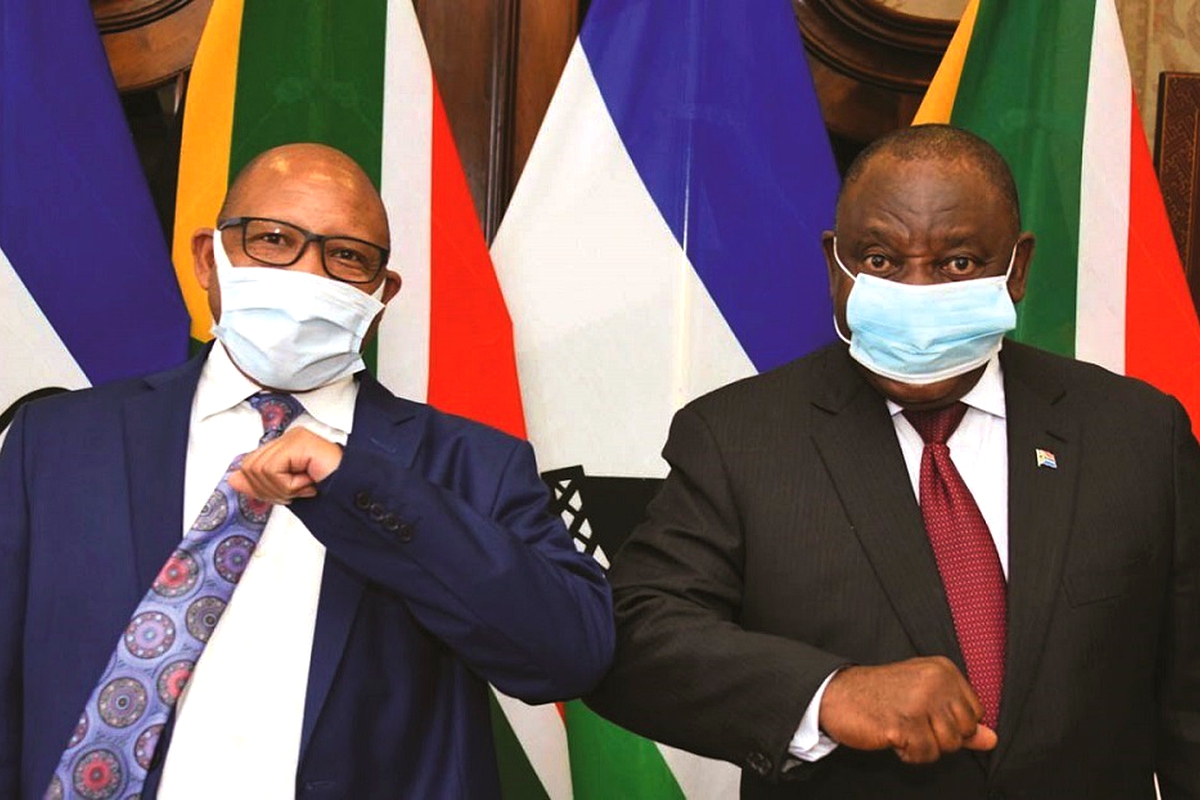
Prime Minister Dr Moeketsi Majoro and President Cyril Ramaphosa
In its initial configuration, the Lesotho-RSA Joint Bilateral Commission of Cooperation (JBCC) aims to assist Lesotho graduate from its Least Developed Status to that of Developing Country by among others recognising that the two countries’ economies are intertwined and should work towards increasing economic activities that will lead to the creation of sustainable jobs.
The cooperation, reached against the backdrop of Lesotho’s unique situation as a landlocked country that is completely surrounded by South Africa, acknowledged that although the two economies differ vastly in relation to their GDP per capita, they are inextricably linked, hence the need to collaborate closely for the realisation of economic growth and poverty reduction and an agreement was also reached pertaining to the importance of a closer working relationship between the revenue agencies.
The ministerial council of ministers on JBCC on both countries held a three-day joint meeting in Maseru from November 18 – 21, after which foreign affairs ministers, ’Matšepo Ramakoae for Lesotho and South Africa’s Dr Naledi Pandor signed documents of the discussions and the work plan.
The meeting recalled the first signing of the JBCC agreement in 2001 and also noted the existence of the follow up meetings, the last of which took place in April 2013 in South Africa but progress lapsed when the coalition government led by All Basotho Convention (ABC) under Prime Minister Thabane was toppled from power.
The recent meeting came after Lesotho’s new Prime Minister Dr Moeketsi Majoro visited the South African President Cyril Ramaphosa in August to initiate talks on issues that concern the two countries.
The JBCC would be initially signed to constitute a basis for the ongoing process of consolidating relations between the two countries and would ensure cooperation between most government departments of both countries on a sectoral basis. One of the products of the JBCC was the bilateral coordinating committee established in 2008 in respect of the Maloti-Drakensberg Transfrontier Conservation and Development Area.
The essential elements of the agreement would include cooperation on and strengthen measures to counter money laundering in compliance with international standards. Closer coordination of the banking sectors, with specific emphasis on an electronic payment clearance system and closer cooperation in order to facilitate investment and trade between South Africa and Lesotho through joint research and analysis in relevant sectors would be fostered.
Some of the areas identified for closer cooperation include fiscal decentralisation, co-ordination on budget and fiscal analysis and public private partnerships, which would be discussed in more detail between the relevant technical experts.
A plan of action including capacity building would be developed and submitted to the Economic Cluster of the JBCC for perusal and support.
On the issue of Phase II of the Lesotho Highlands Water Project (LHWP), the council of ministers underscored the need to expedite implementation of the project, to identify tourism opportunities, to work towards creating renewable energy resources in their quest to meet future predicted energy demands and to work together towards finalising the amendment of the Extradition Treaty.
The ministers also stressed a need for the two sides (Defence and Police) to continue working together to minimise cross border crimes, particularly stock and vehicle theft.
The JBCC agreement was also saluted for contributing to the regional integration agenda of the Southern African Development Community (SADC) and the African Union. Thanks to the agreement, South African Tourism reported in its annual report of 2011 that there was overall growth of 6.9% (395 466) of tourists arrival figures from Africa, with tourist arrivals from Lesotho growing by 19.7% (250 759) between 2010 and 2011.
The JBCC would then allow Lesotho and South Africa to share and exchange information and best practices in the field of tourism, to jointly market and promote investment opportunities in the two destinations, to facilitate study tours to their respective tourism institutions, to closely work to enhance tourist movement between the countries as well as to collaborate and share information related to their achievements at multi-lateral forums.
Apart from the core idea of helping Lesotho out of the least developed status, the basis of a need for special relations and cooperation was based on realisation that border control and the movement of persons between Lesotho and South Africa is inadequate and encourages a porous borderline.
In their communique following the 2009 meeting in South Africa, the joint council of ministers said: “This Agreement would see to the implementation of hassle-free immigration formalities for citizens of both countries who were in possession of valid national passports. It would seek to facilitate the cross-border movement of citizens between the two countries by simplifying the mutual travel procedures for citizens of both countries as well as to deliver an improved service regarding the immigration clearance of citizens that routinely crossed the border.
“Members expressed concerns that the proposed border control mechanisms did not adequately address security concerns and the threat of illegal immigrants from other countries that used Lesotho as a gateway into South Africa.”
Enjoy our daily newsletter from today
Access exclusive newsletters, along with previews of new media releases.
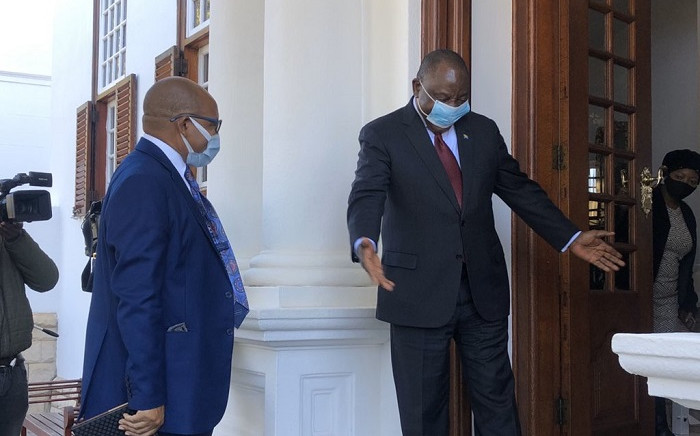
President Ramaphosa welcomes Prime Minister Dr Majoro in South Africa
The meeting heard how a large percentage of Lesotho’s GDP was derived from migrant workers in South Africa and pledged to work towards full implementation of the Agreement on Free Movement of People, Goods and Services between the common borders. This dependency on South Africa was linked directly to the need to cross back and forth the SA border. The current process in terms of border control was not able to cope with the high volumes of travellers estimated about 28 000 people who cross the border between SA and Lesotho on a daily basis.
The recent Maseru meeting, which also looked at the mutual interests including measures to facilitate cross border movement of people, goods and services at this time of COVID-19 pandemic, agreed to finalise arrangements for the festive season, particularly special arrangements and consideration for mineworkers and Lesotho Special Permit (LSP) holders to ensure smooth entry and departure and also that urgent action plan is required to address the challenges faced by scholar transport and delays in the movement of patients across the border.
The meeting precedes the next meeting of the Council of Ministers which would come before anticipated Heads of States and Government meeting to be held during the second quarter of 2021.
Mrs Ramakoae commented that the relationship between the two countries should not be taken for granted and needed to be well taken care of, for the benefit and success of the two neighbours.
She expressed a hope that as long as the two sister countries kept the good relations between them, both their economies could be rebooted after the world was ravaged by the COVID-19 pandemic.
Dr Pandor said although it was almost seven years since the Council of Ministers met in Pretoria in 2013 that should be a lesson that there was a need for frequent political and diplomatic consultations at different levels.
Tailored for you



